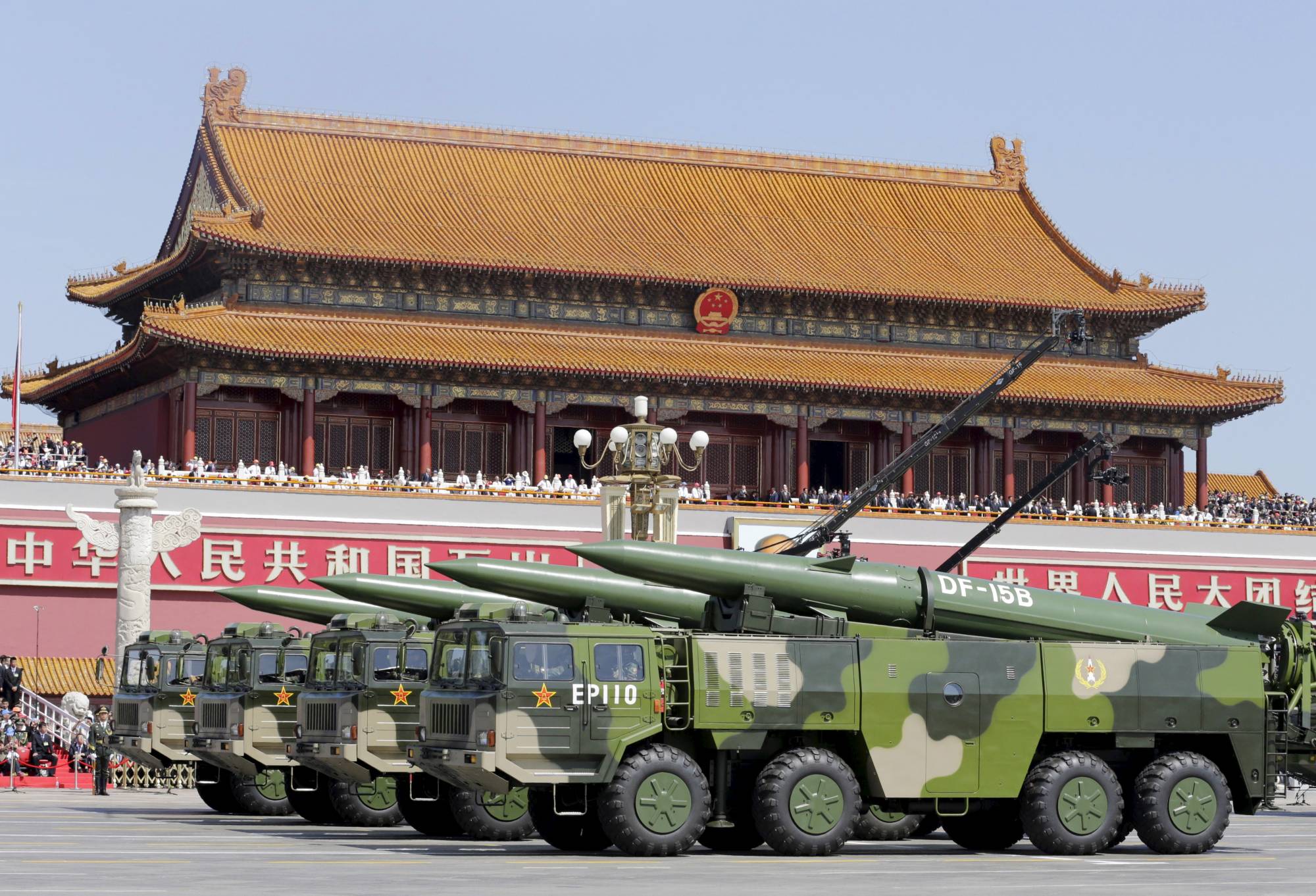The U.S. Defense Department this week released its annual report on China’s military power. Central to its analysis is the “accelerating pace” of China’s nuclear weapons program, which, if completed as anticipated, will transform the regional security environment.
Much remains opaque about Chinese intentions, but prudence demands that Japan and other governments take the report’s analysis and assumptions seriously, and plan accordingly. The Beijing government must not be allowed to think that its military modernization effort is going unnoticed and will not provoke a response.
The report is worrying. China’s navy is now the largest in the world, with an overall battle force of some 350 ships and submarines, and includes over 130 major surface combatants. (By contrast, the U.S. Navy has a battle force of 293 ships as of early 2020.) China has more than 1,250 ground-launched cruise and ballistic missiles with ranges between 500 km and 5,500 km. China has one of the world’s largest air defense systems. This, along with the relentless modernization of cyber and space capabilities, has resulted in a transformation of the effectiveness of the Chinese military, allowing it to fight and win wars “against a strong enemy,” a subtle reference to the United States.


















With your current subscription plan you can comment on stories. However, before writing your first comment, please create a display name in the Profile section of your subscriber account page.